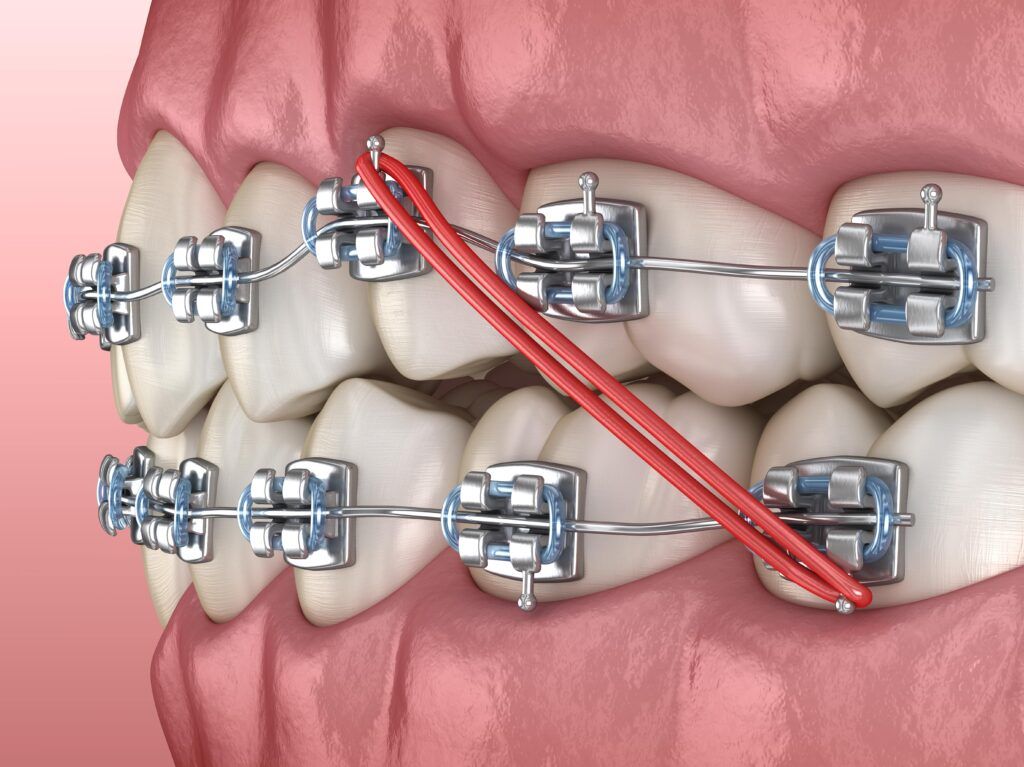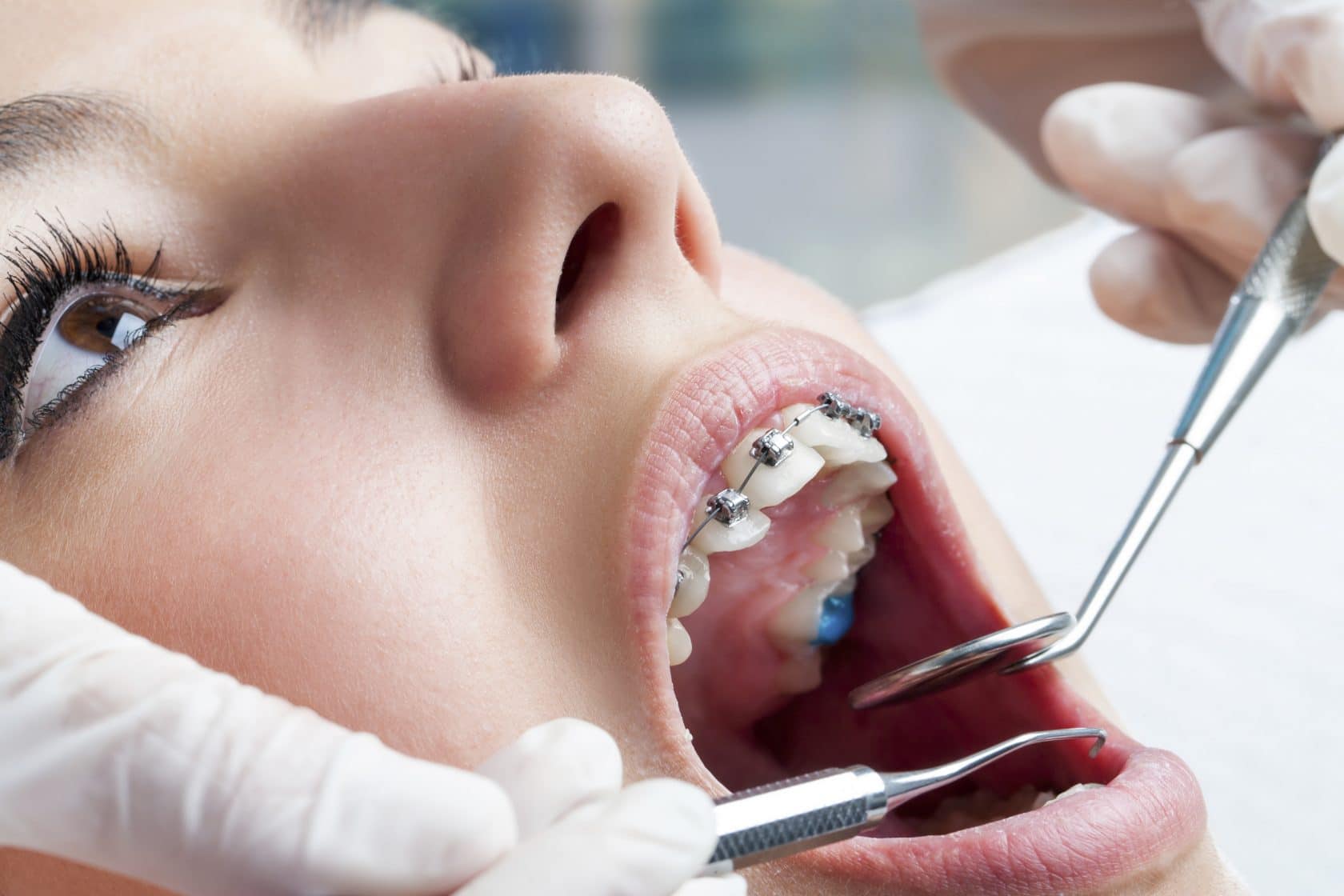How Cumming Orthodontics Addresses Common Braces and Invisalign Worries
How Cumming Orthodontics Addresses Common Braces and Invisalign Worries
Blog Article
Comprehensive Guide to Orthodontics Treatments for Dealing With Dental Misalignments
Comprehending the intricacies of each procedure, including their devices, advantages, and prospective disadvantages, is essential in making informed choices concerning one's orthodontic therapy. As we browse through the comprehensive overview to orthodontic treatments for fixing dental imbalances, the complex information of each method will certainly unravel, dropping light on the path toward a useful and harmonious oral positioning.
Orthodontic Procedures Summary

Normal adjustments and monitoring are important components of orthodontic therapy to make sure progression is on track and to make any kind of essential modifications along the way. By undergoing orthodontic procedures, patients can not only achieve a straighter smile but also improve their general oral wellness and feature.
Standard Dental Braces: Exactly How They Work
When thinking about orthodontic treatments for oral imbalances, traditional dental braces stick out as a time-tested approach for remedying teeth positioning. Traditional dental braces contain braces, wires, and bands that interact to use constant stress on the teeth, gradually relocating them into the preferred placement. The brackets are affixed to the teeth using an unique adhesive, and the wires are threaded with the brackets. By changing the stress of the cables, orthodontists can manage the direction and pressure applied to each tooth, directing them into proper placement over time.
One secret facet of how conventional braces job is the procedure of bone remodeling. As pressure is related to the teeth with the dental braces, the bone bordering the teeth is reshaped to support the new tooth positions. This improvement is crucial for the long-term stability of the fixed placement. Patients will require regular adjustments at the orthodontist's office to guarantee the braces remain to apply the appropriate pressure for efficient teeth motion.
Unseen Aligners: Disadvantages and pros
Unseen aligners provide a discreet and convenient option to conventional braces for correcting dental misalignments. These clear, custom-made trays are virtually unseen when put on, making them an attractive choice for individuals looking for a much address more visually pleasing orthodontic treatment. One of the key benefits of undetectable aligners is their removability, enabling easier maintenance of oral health contrasted to traditional dental braces. Patients can get rid of the aligners prior to eating or cleaning their teeth, decreasing the risk of food obtaining stuck in the device and simplifying the cleaning procedure.

Surgical Orthodontic Options
Surgical interventions in orthodontics existing practical choices for attending to intricate oral misalignments that might not be successfully settled through traditional orthodontic treatments. While conventional braces and invisible aligners can remedy lots of orthodontic problems, certain situations require medical treatment to accomplish optimal outcomes. Surgical orthodontic choices are usually recommended for extreme malocclusions, considerable jaw discrepancies, and cases where the underlying bone framework needs modification to attain appropriate alignment.
One usual medical orthodontic procedure is orthognathic surgical procedure, which includes repositioning the jaws to deal with practical issues such as trouble chewing or talking. This surgical treatment is often executed in cooperation with go now an orthodontist who aids straighten the teeth before and after the treatment. Surgical orthodontics may additionally include treatments to subject influenced teeth, remove excess periodontal tissue, or improve the jawbone to produce an extra unified facial account.
Before taking into consideration surgical orthodontic alternatives, patients go through a comprehensive assessment to establish the necessity and prospective advantages of such treatments. orthodontics. While surgical procedure may seem complicated, it can significantly enhance both the feature and aesthetic appeals of the smile in instances where traditional orthodontic treatments fail
Retainers and Post-Treatment Treatment

Failing to conform with post-treatment care instructions can result in relapse, where the teeth progressively relocate back in the direction of their original positions. Consistent retainer wear, good dental health, and routine oral examinations are vital for preserving the results attained via orthodontic surgical treatment and guaranteeing the long-term security of the remedied dental alignment.
Verdict
In verdict, orthodontic procedures supply various alternatives for correcting oral imbalances. Surgical orthodontic choices are readily available for much more extreme misalignments. Generally, orthodontic treatments can efficiently enhance oral health and visual look.
As we navigate with the thorough guide to orthodontic procedures for dealing with dental misalignments, the complex information of each method will unravel, losing light on the course toward a functional and harmonious oral placement. - orthodontics
One of the most typical orthodontic therapies is the use of braces, which are composed of steel braces and cables that use mild pressure to progressively change teeth right into the wanted position.When thinking about orthodontic therapies for dental misalignments, traditional braces stand out as a time-tested method for fixing teeth placing. Furthermore, unseen aligners might not be appropriate for complicated orthodontic issues that need more significant teeth motion, as they are normally recommended for mild to modest cases. Retainers are tailor-made orthodontic tools made to hold teeth in their remedied positions after the conclusion of orthodontic therapy.
Report this page